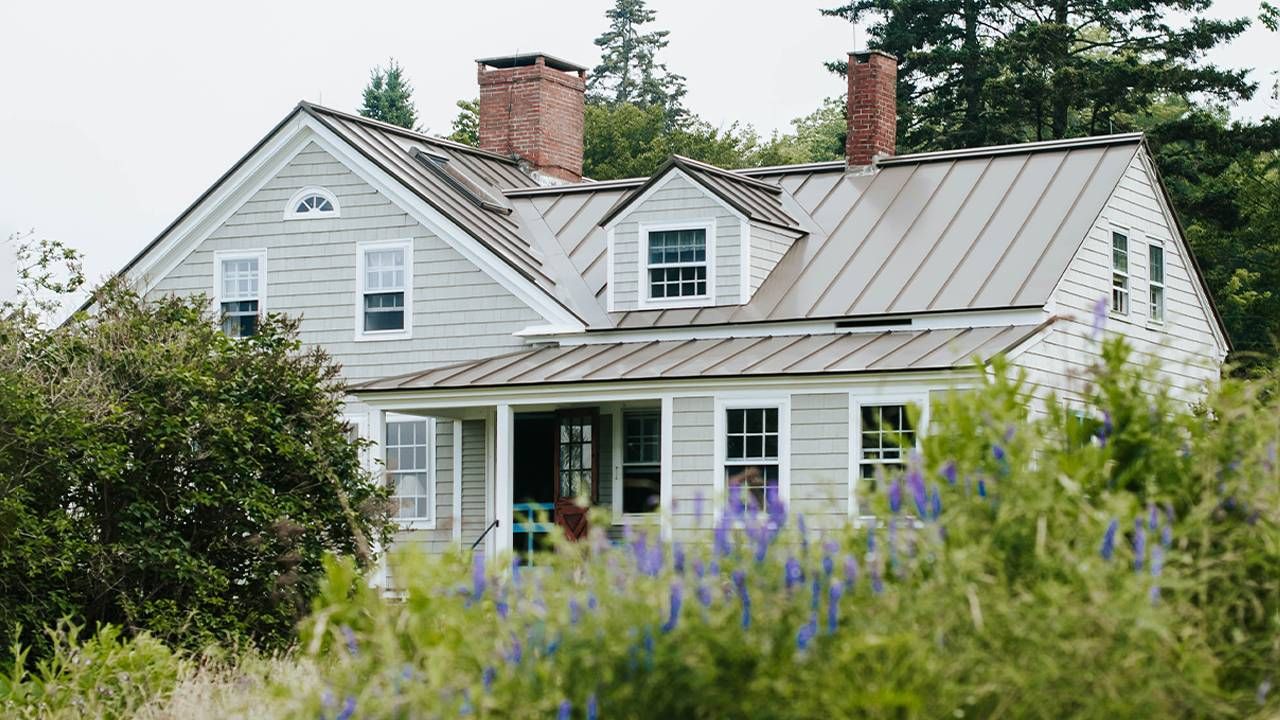The 5 Hidden Costs of Living in the Country
When living rural, your house might not be the only thing hidden away
When we moved to our very rural small lake home in the Ozark Mountains nearly 15 years ago, we thought our expenses would be much less. There is a well, so we would no longer be paying a water bill. We were very happy to ditch the high real estate taxes of our suburban home for a property the state actually paid us to develop with a Homestead Credit, which is a property tax credit.
Finally, the home is smaller, so surely it would cost less to heat and cool.

We were very surprised to learn that living in the country actually doesn't save much, if anything, in any area of the budget.
"I've lived in the country all my life and there are lots of hidden costs people who live in the cities and suburbs don't understand," says Tammy Sons, 52, who lives and owns various businesses around Altamont, Tenn. "There are a few things cheaper like the cost of rent or the price of homes, but wages are generally lower, too."
The 5 Hidden Costs of Living in the Country
We discovered hidden expenses we weren't expecting. Here are some areas where we were surprised.
1. Gasoline and Car Maintenance
It is logical you're going to be paying more for gasoline because towns are typically farther away. If you only have a couple of routes in and out, and one road shuts down or you have to take a longer route due to bad weather, it adds more to your budget. A bridge on one of two routes to my town recently shut down; it's especially hard now that gasoline prices are up.
"I've lived in the country all my life and there are lots of hidden costs people who live in the cities and suburbs don't understand."
I live on a dirt road in rocky terrain and even with care, I'm lucky to get two years out of a set of tires. Sons points to the problem of mice, rats and other pests that may nest under your car hood or chew your wires.
There may be bigger problems with wildlife as well. "If you live in an area with bears, they will sometimes also break into your homes and cars, causing lots of damage," says Sons.
Cost analysis: According to Car and Driver, many new tires will get 30,000 to 80,000 miles, or 3–5 years. My car is at 23,000 miles at two years old and my service shop is recommending new tires. My car only gets two trips to my town per tank of gas. Recently, it cost $35 to fill the tank. (And gas prices are also rising.)
2. Wells and Septic Systems
"I think the most surprising thing to most people who move to the country is the cost of maintaining the well and septic system," says David North, a real estate broker and owner of Realtrua in Redmond, Wash. "Most people understand wells need to be maintained, but it's an abstract idea until the well pump goes out and can cost thousands to replace."
Many rural homes also have septic systems, which if not maintained, could overflow. "The septic has to be pumped and the costs of that can be high," says North. "The systems also require repairs sometimes. Accounting for the amortization of those costs is guess work."
Cost analysis: When my well suddenly quit pumping, I was afraid it might be the 15-year-old well pump. According to This Old House, it costs between $900 and $2500 to replace a well pump. I was relieved that it was only a wire that needed replaced and it cost $100. The Environmental Protection Agency recommends having a professional inspect the septic system every three years and having it cleaned at least every five years. Home Advisor says it costs an average of $408 to inspect and clean the septic tank. Additives to help your septic system cost about $10 per month.
3. Heating and Other Utility Costs
Even if your home is a small one, like my cabin is, it may not cost less to heat. When we first moved here, we only had a wood stove for heat, which may have saved money because we were harvesting downed trees from our own property. However that's questionable, given the cost to buy and maintain a wood splitter and chainsaw.
When we ran out of downed trees and had to buy wood from others, it was pretty costly. I now have electric heat, but I believe I pay rates (for heat) as high, if not higher, from my rural electric company. At least I do not heat with propane. Experts are estimating that will cost up to 47% more this year than in 2021. Access to rural internet is also likely a higher cost and provides much slower speeds than what is found in the city. If you work from home, this could limit your job opportunities.
Cost analysis: I pay $150 to have my stovepipe on my wood stove cleaned and inspected each year. If you heat with propane, as many rural people do, expect to pay more this year.
4. Insurance and Fire Dues
Sons says, surprisingly, insurance rates tend to be higher in the country.
"If there are no fire hydrants within a half-mile radius, or a volunteer fire station within that distance, you're likely going to be paying more," she says, adding that while insurance companies typically offer small discounts for living in a low crime area, the premium they charge for the fire hazard is more.
"If there are no fire hydrants within a half-mile radius, or a volunteer fire station within that distance, you're likely going to be paying more."
I also pay dues to my volunteer fire department; they have doubled in the past 15 years.
Cost Analysis: Fire dues for my volunteer fire department have risen from $25 to $50 per year. Homeowners insurance can be up to 43% more for rural homes, depending on how far the nearest fire station is located.
5. The Costs of Health Care
The benefits of good health care, as the ad says, are "priceless." However, many small rural hospitals don't offer some services, and provide inadequate services in other areas.
The small rural hospital system in my town doesn't have an endocrinologist, which I need, nor a rheumatologist, which my aunt (who is also my neighbor) needs, so we have to drive an hour to a larger health care system in a bigger town.
Our rural hospital doesn't provide trauma services, so extra air ambulance insurance is needed in case we have to be airlifted to a larger hospital. A study conducted by the University of Minnesota School of Public Health suggests people living in rural areas pay more for health insurance.
Cost Analysis: Georgetown University's Health Policy Institute published a report saying health insurance costs are only slightly higher for rural residents, but a larger proportion of rural residents pay out-of-pocket for their costs.
Despite the hidden (and sometimes higher) costs of living in the country, I am not complaining. This is where I want to be, where I feel at home now. However, when making the decision to move, people should investigate these as well as the other costs, of living rural.


